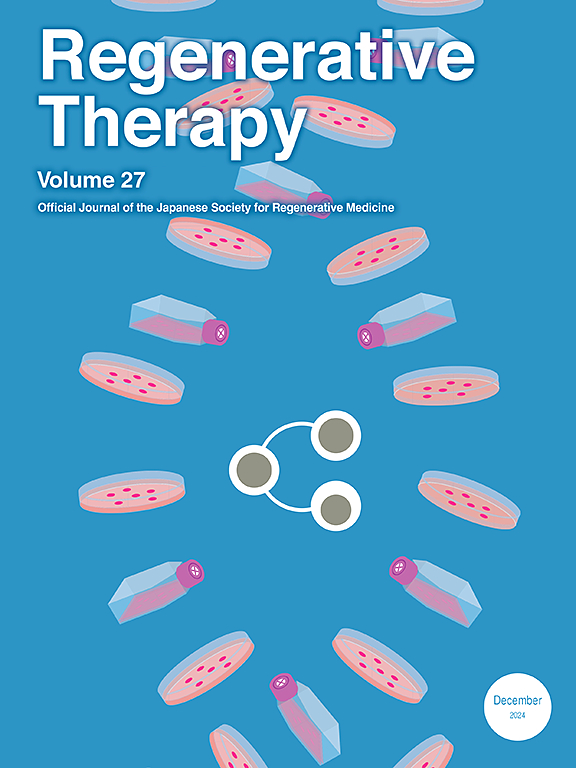根据日本再生医学安全法案考虑细胞储存的基本要点
IF 3.5
3区 环境科学与生态学
Q3 CELL & TISSUE ENGINEERING
引用次数: 0
摘要
再生医学是一个新兴的医疗领域,其特点是存在许多不确定性,因此需要确保患者安全和及时临床应用的监管框架。在日本为促进再生医学的安全和有效实施而制定的三项立法措施中,《再生医学安全法》(RM安全法)对再生医学和细胞疗法(rmt)进行了管理,这些疗法使用未经生产和销售授权的加工细胞。这些疗法要么作为非商业临床试验进行,要么由医生自行决定作为自费疗法进行。《人工流产安全法案》颁布至今已有十多年,在此期间,人工流产的各个方面都得到了澄清。健康科学委员会再生医学评价委员会公布了《再生医学安全法》实施5年后的审查摘要,其中强调了主要挑战,包括缺乏用于再生医学移植的细胞储存的具体监管规定。作为回应,日本再生医学协会根据《再生医学安全法》制定了细胞储存的基本考虑要点,该法案概述了打算以冷冻状态储存人类来源的特定加工细胞和/或其原料的从业人员以及提供细胞储存的机构的指导方针。本文从细胞储存的角度总结了《再生医学安全法》的现状和挑战,并概述了《再生医学安全法》下细胞储存的基本要点及其作为教育资源的作用。本文章由计算机程序翻译,如有差异,请以英文原文为准。
Basic Points to Consider for Cell Storage under the Act on the Safety of Regenerative Medicine in Japan
Regenerative medicine is an emerging field of medical treatment characterized by numerous uncertainties, necessitating regulatory frameworks that ensure both patient safety and timely clinical application. Among the three legislative measures established in Japan to facilitate the safety and efficient implementation of regenerative medicine, the Act on the Safety of Regenerative Medicine (RM Safety Act) governs regenerative medicine and cell therapies (RMTs) that utilize processed cells without manufacturing and marketing authorization. These therapies are conducted either as non-commercial clinical trials or as out-of-pocket therapies at the discretion of medical practitioners. More than a decade has passed since the enactment of the RM Safety Act, during which various aspects of RMTs have been clarified. The Evaluation Committee on Regenerative Medicine, Health Sciences Council, published the Summary of the Review of the Act on the Safety of Regenerative Medicine, 5 Years After Its Enforcement, which highlighted key challenges, including the lack of specific regulatory provisions for the storage of cells used in RMTs. In response, the Japanese Society for Regenerative Medicine developed the Basic Points to Consider for Cell Storage under the Act on the Safety of Regenerative Medicine, which outlines guidelines for practitioners intending to store human-derived, specified processed cells and/or their raw materials in a frozen state, as well as for institutions that provides cell storage. This review summarizes the current status and challenges of the RM Safety Act from the perspective of cell storage and provides an overview of the Basic Points to Consider for Cell Storage under the Act on the Safety of Regenerative Medicine and its role as an educational resource.
求助全文
通过发布文献求助,成功后即可免费获取论文全文。
去求助
来源期刊

Regenerative Therapy
Engineering-Biomedical Engineering
CiteScore
6.00
自引率
2.30%
发文量
106
审稿时长
49 days
期刊介绍:
Regenerative Therapy is the official peer-reviewed online journal of the Japanese Society for Regenerative Medicine.
Regenerative Therapy is a multidisciplinary journal that publishes original articles and reviews of basic research, clinical translation, industrial development, and regulatory issues focusing on stem cell biology, tissue engineering, and regenerative medicine.
 求助内容:
求助内容: 应助结果提醒方式:
应助结果提醒方式:


